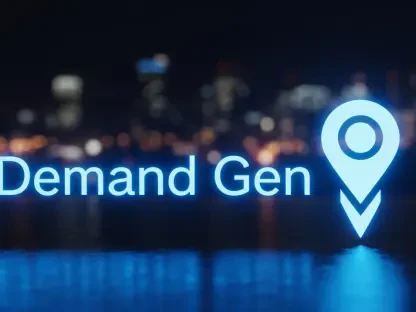In today’s fast-paced digital landscape, with consumers bombarded by a constant influx of ads, creating a lasting impression is critical for success. During a study carried out by iHeartMedia’s Critical Mass Insights, the often-overlooked medium of radio demonstrated its potential to enhance the efficacy of social media advertising. The research highlights that radio ads present a unique influence on consumer behavior, particularly in terms of their engagement with online ads. Exploring responses from 1,000 participants aged 18-64, findings unveiled the tangible link between radio exposure and increased interactions with social media campaigns. What emerged was a pattern of behavior where auditory exposure primed individuals to pay closer attention to digital advertisements, bridging the gap between traditional and new media in unexpected ways that marketers are eager to understand.
Radio’s Influence on Consumer Behavior
The research revealed a fascinating statistic: 55 percent of those who hear a product mentioned on the radio are more inclined to engage with related social media ads. This behavior marks a significant shift in consumer interaction, particularly notable among the 25-44 age demographic. With audio stimulation acting as a catalyst, these individuals exhibited twice the likelihood of digital engagement, suggesting that radio acts as a precursor, heightening curiosity and openness toward online promotional content. Further quantifying this effect, 72 percent of study respondents indicated heightened attention to social media ads post-radio encounter, while 70 percent found themselves more inclined to read these ads carefully. Moreover, two-thirds of participants expressed an increased willingness to embrace new products during this multi-channel experience. These findings underscore the power of radio to elevate the perceived reliability of ads, reinforcing consumer trust and interest.
Broad Demographic Impact
The study delves into radio’s strong influence across diverse demographics, notably among Black and Hispanic consumers. These groups reported a significant increase in engagement with ads following radio exposure, offering brands unique opportunities to connect with varied audiences effectively. Additionally, radio has proven to enhance purchase intent, with 44% of consumers feeling driven to buy in-store after hearing a product mention and 49% swayed to eat at fast-food outlets due to radio exposure. In an era where misinformation often abounds, frequently AI-generated, authenticity is vital, and radio might provide just that. As advertisers tackle the challenge of engaging discerning audiences, radio’s role becomes crucial in shaping perceptions of credibility amidst digital overload. The study emphasizes radio’s significance in a digital media-dominated environment, enhancing social media interaction and boosting purchase intent by building consumer trust. By integrating radio in digital strategies, advertisers can redefine success through cohesive, cross-channel campaigns.









